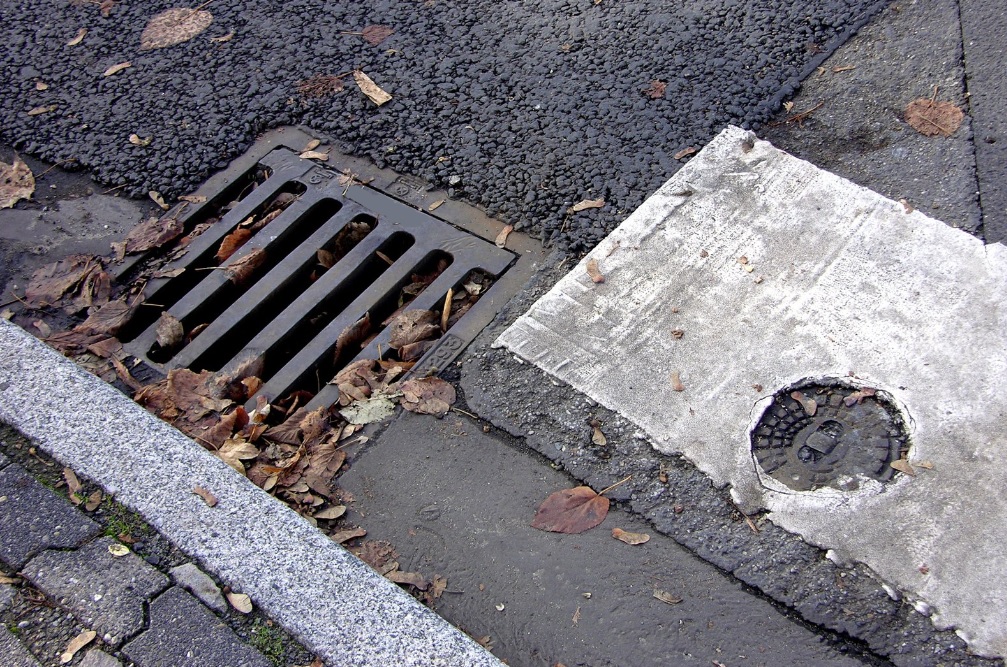A damaged or defective pipeline can be a frustrating prospect. This type of problem seems to wait until the most inconvenient time to occur. But, the problem will only get worse. So, which is the best sewer line repair to deal with your worn out or damaged line?
The Trenchline Repair and Pipe Bursting Basics:
This is one of the most common ways to address a damaged pipeline. Pipe bursting essentially involves replacing or repairing your sewer line without the need to dig trenches. So, you won’t need to deal with having your yard and driveway dug up and your landscaping disturbed.
Instead an access point on each side of the existing pipe is made. The plumbing team will then pull a new fused pipe through, breaking the old pipe. This provides a quick and quiet repair without any need for lengthy excavation or city permits.
This technique was first introduced approximately 15 years ago, but this should not be confused with pipelining, another type of trenchline repair that uses a different process. Pipe bursting uses the existing infrastructure of sewer lines, with the old lines acting as a guide to install new pipes. The old pipe will be broken up into the surrounding soil as it has made space for the new pipe.
The Pros and Cons of Trenchless Repair:
The Pros:
- Minimal Disturbance: Most trenchless repairs do require a little digging, but this is nothing compared to having to dig a massive trench for an open top excavation. Most homeowners see relatively little disturbance to their yard, driveway and the sidewalk outside their homes.
- Quicker Process: Since there is far less digging involved, trenchless techniques can be done far more quickly. In many cases, the entire repair can be done in a couple of days rather than having weeks of disruption.
- Minimal Restoration Needed: Since the ground is not excessively disturbed, you won’t need to spend a fortune restoring your landscaping and yard.
The Cons:
- Higher Project Cost: While you can save money and time in regards to restoration work, pipe bursting does tend to have a higher upfront cost. On average, you can expect to pay up to 50% more compared to an open top method. This is because the process is more involved. You aren’t simply digging up a pipe and replacing it.
- May Not Be Viable: Pipe bursting is not always possible and whether it is viable for your home will depend on the specific project. For example, if there are nearby utilities or the pipe is too corroded or damaged, a trenchless method may not be possible.
The Open Top Excavating Basics:
The other main alternative to pipe bursting is to have an open top excavation. As its name suggests, open top excavation involves digging up the affected pipe, excavating the area to gain full access. This is the traditional method of sewer line repair that was usually employed before the trenchless techniques were developed.
The process involves heavy digging equipment being brought onsite. Your contractors will dig up the sewer line in a long trench through your property. The dirt from the trenches is displaced to the side, so the sewer lines can be laid bare for easy access for the repair team. This will allow the contractors to evaluate whether a repair can be made or if there is a need to replace the entire pipeline.
The Pros and Cons of Open Top Excavation:
The Pros:
- Cheaper Initial Cost: While open top excavation can be a longer and more messy way to deal with sewer line repair, it can provide a cheaper option. As we discussed earlier, it could save you up to 50% on the repair costs. So, if you have an urgent repair issue and you are on a tight budget, you may want to consider open top excavation.
- Increased Reliability: As we touched on earlier, there are some scenarios where trenchless repair is not possible. Open top excavations do not have this problem. Regardless of the extent of the damage or if there are utility lines nearby, the excavation allows the contractors to have full visibility of any issues.
- Pipe is Entirely Removed: If you use pipe bursting, the original pipe is shattered and left in the ground. This is not necessarily harmful or bad, but some people don’t like the idea of having the remains of their old sewer pipe being buried under their yard. Open top excavations allow for the entire old pipe to be removed to allow fitting a new pipe.
The Cons:
- Extensive Reconstruction Will be Required: Digging a large trench is not a small project. Although the workers will fill in the trench when the work is complete, it can take months for your yard to recover. You’ll need to repair your landscaping and encourage plants and grass to grow in these areas. This could leave you looking at patches of bare dirt for a seemingly endless period.
- High Reconstruction Bills: This follows on from the previous point, but you’ll also need to cover the cost of restoring your yard to its previous condition. Of course, if you were planning on redoing your landscaping, this is not a problem. But, if you’ve just spent a small fortune getting your yard looking beautiful, it can be heartbreaking and hard on the wallet.
Pipe Bursting vs Open Top Excavation: Which One is Best?
As you can see, both methods have their pros and cons, so you’ll need to assess which one is best for you. If you have already done lots of landscaping and are prepared to pay a premium for a faster and less disruptive repair, then pipe bursting is likely to be the best option.
On the other hand, if you’re already planning on doing your yard in the coming months and are willing to have your yard and driveway disturbed for a week or two, then you could potentially save money using an open top excavation.
If you’re still a little confused about which method would be best for your home, speak to your plumber. An experienced plumber can walk you through what would be involved in the process to help you make an informed decision.





